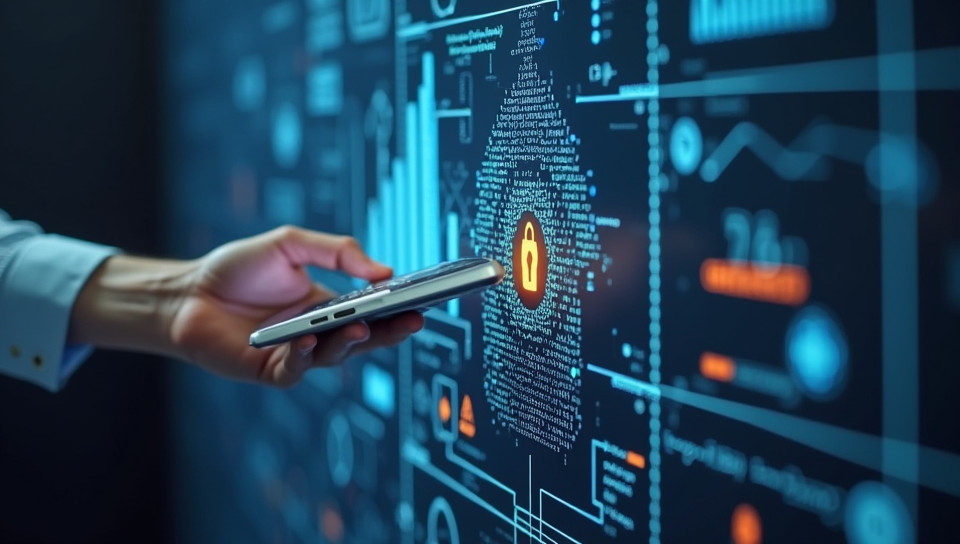Remotely monitoring smart homes can compromise home security 96%

The Dark Side of Smart Home Technology
As we increasingly rely on smart home devices to make our lives easier, it's essential to consider the potential risks associated with remotely monitoring these systems. With the rise of IoT (Internet of Things) technology, more and more homes are becoming interconnected, allowing us to control and monitor various aspects of our living spaces from anywhere in the world. However, this convenience comes at a cost: compromising home security.
The Vulnerabilities of Smart Home Devices
Smart home devices, such as thermostats, lights, and security cameras, often rely on Wi-Fi or Bluetooth connections to communicate with each other and the outside world. This creates a potential entry point for hackers who can exploit vulnerabilities in these systems to gain unauthorized access.
- Lack of encryption
- Outdated software
- Weak passwords
- Unsecured networks
These vulnerabilities can allow hackers to:
- Access sensitive information, such as personal data or financial records
- Take control of devices, including security cameras and door locks
- Disrupt critical systems, like heating and cooling
The Risks of Remote Monitoring
Remote monitoring of smart home devices may seem convenient, but it also creates new risks. When you grant third-party access to your system, you're essentially giving them a key to your home. This can lead to:
- Unauthorized access: Hackers or malicious individuals can gain access to your system and manipulate its functions
- Data breaches: Sensitive information can be compromised, putting you and your family at risk
- System crashes: Remote monitoring can sometimes cause connectivity issues or even crash entire systems
The Importance of Home Security
Home security is not just about keeping intruders out; it's also about protecting your personal data and critical systems. With the rise of smart home technology, it's more crucial than ever to prioritize security measures:
- Use strong passwords and two-factor authentication
- Regularly update software and firmware
- Implement robust encryption methods
- Limit access to sensitive areas
Conclusion
Remotely monitoring smart homes can compromise home security, and it's essential to be aware of the risks involved. By understanding the vulnerabilities of smart home devices and taking necessary precautions, we can minimize these risks and ensure our homes remain secure. Remember, convenience should never come at the expense of safety.
- Created by: Linda Collins
- Created at: Dec. 23, 2024, 2:22 p.m.
- ID: 17059






